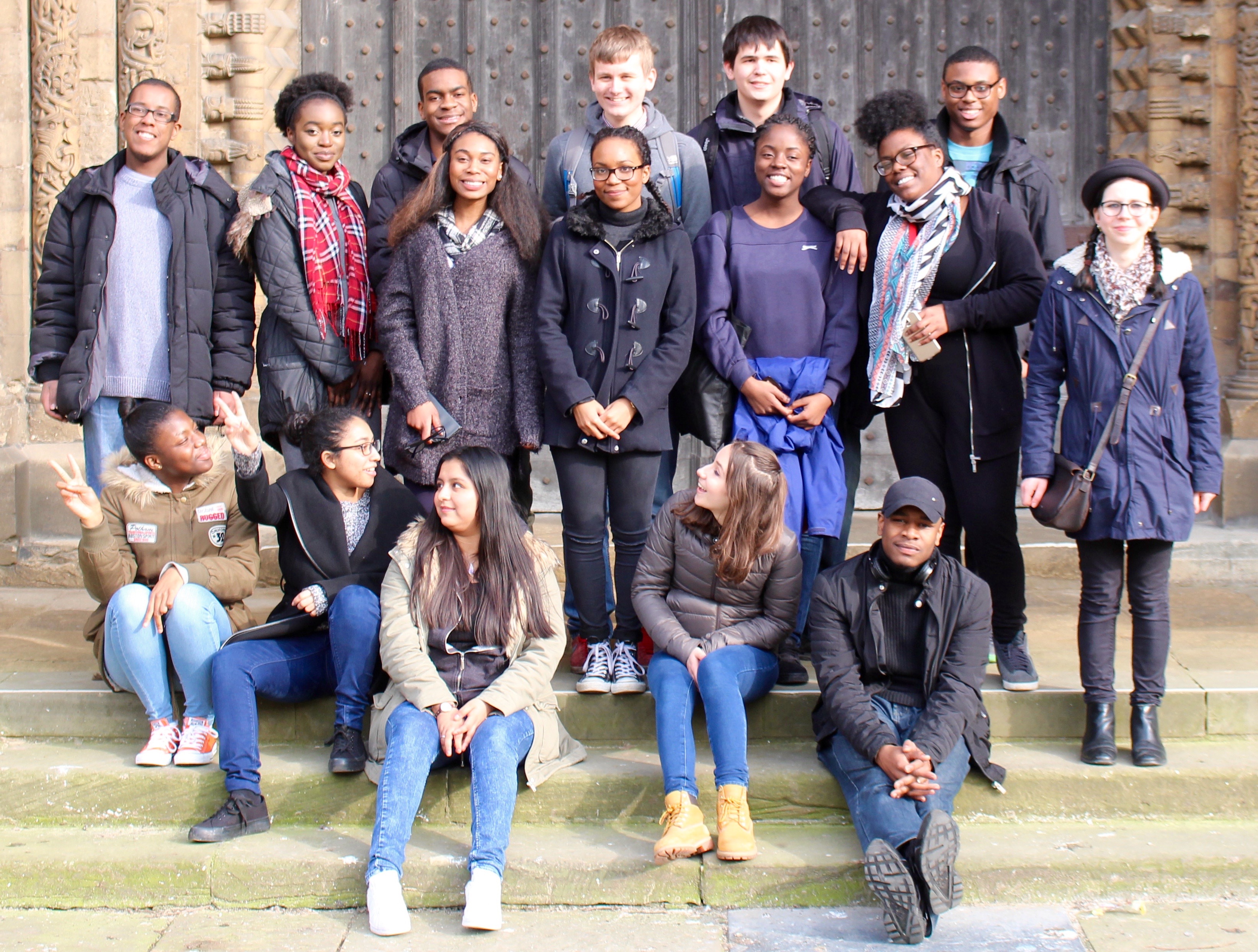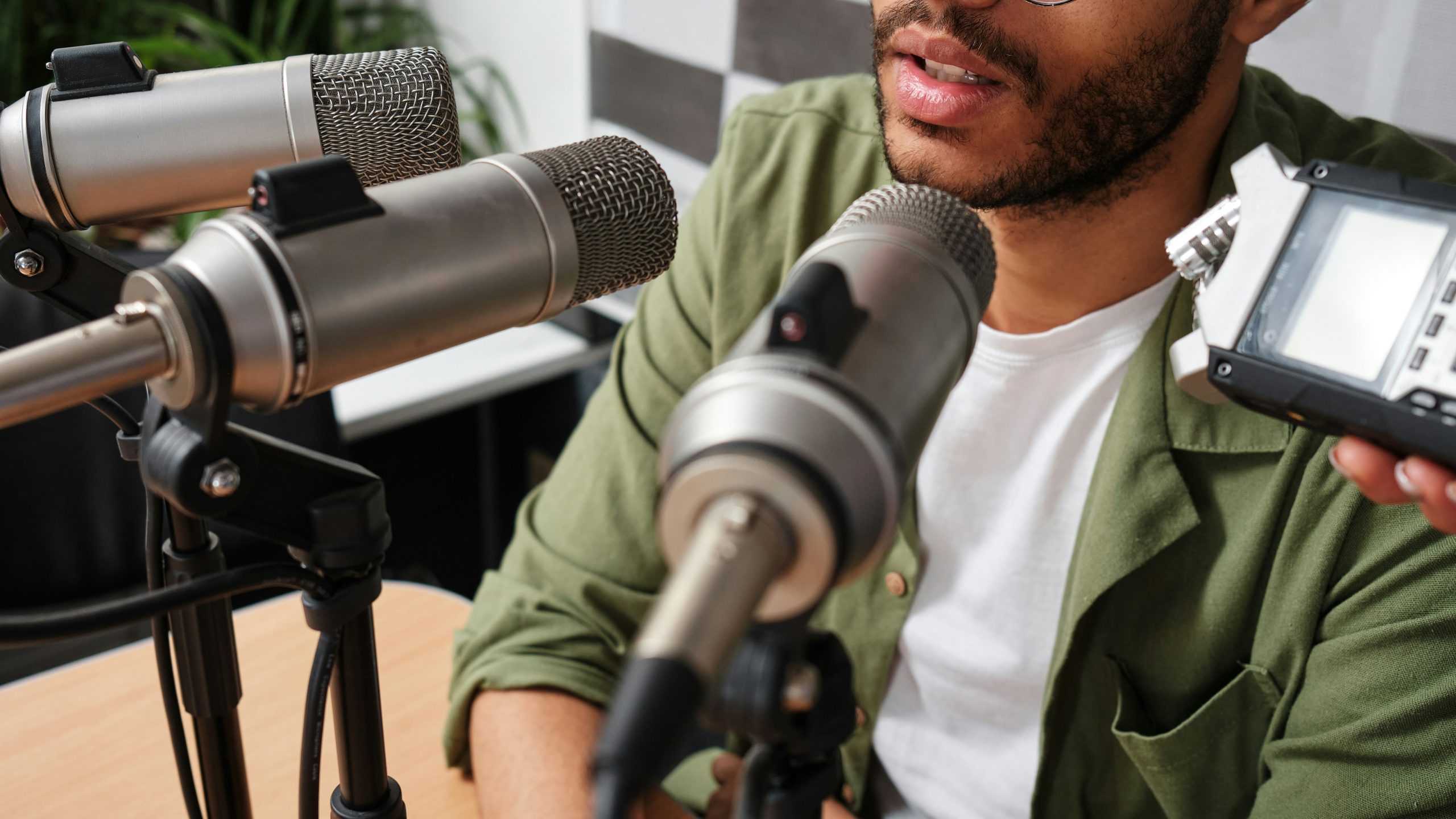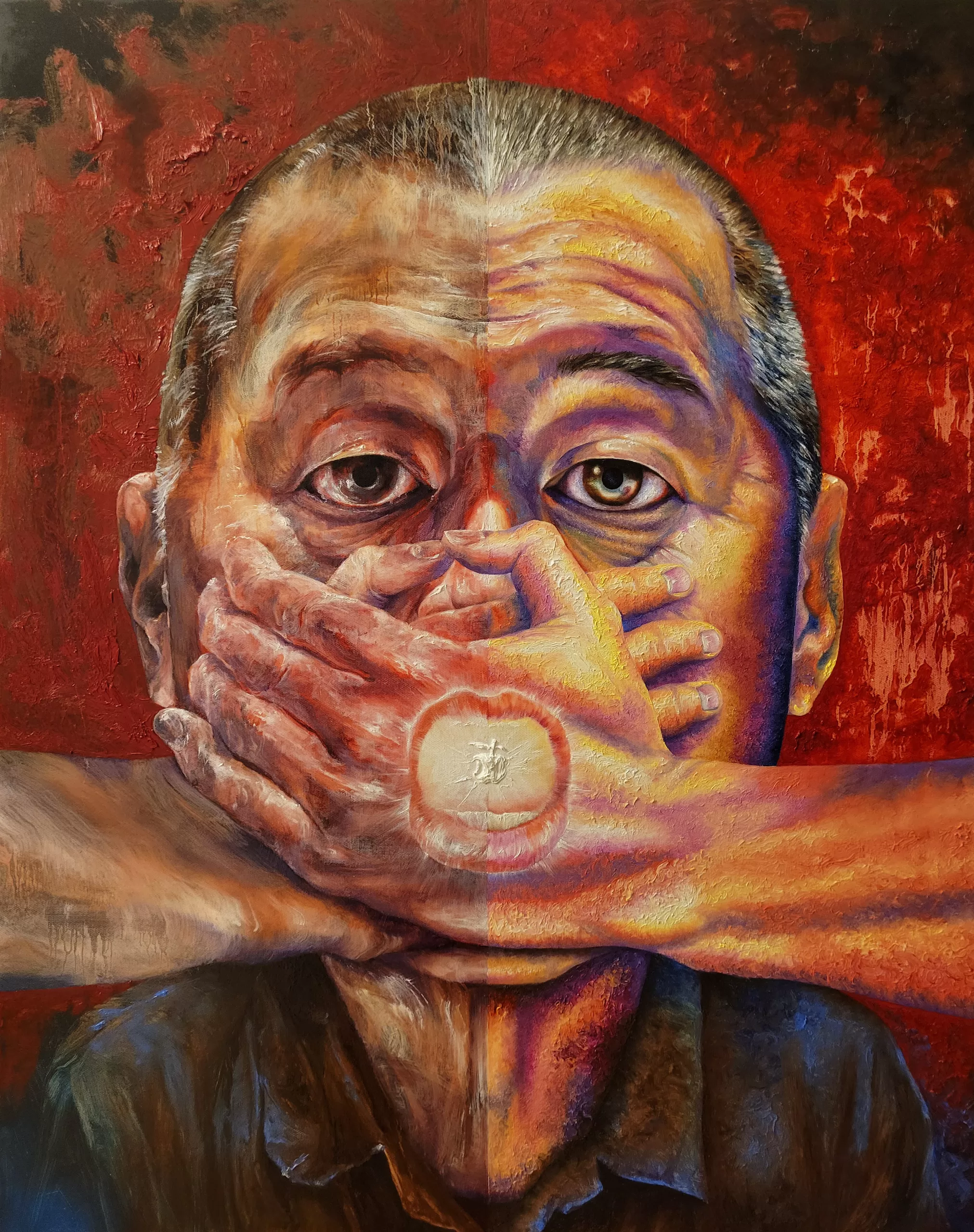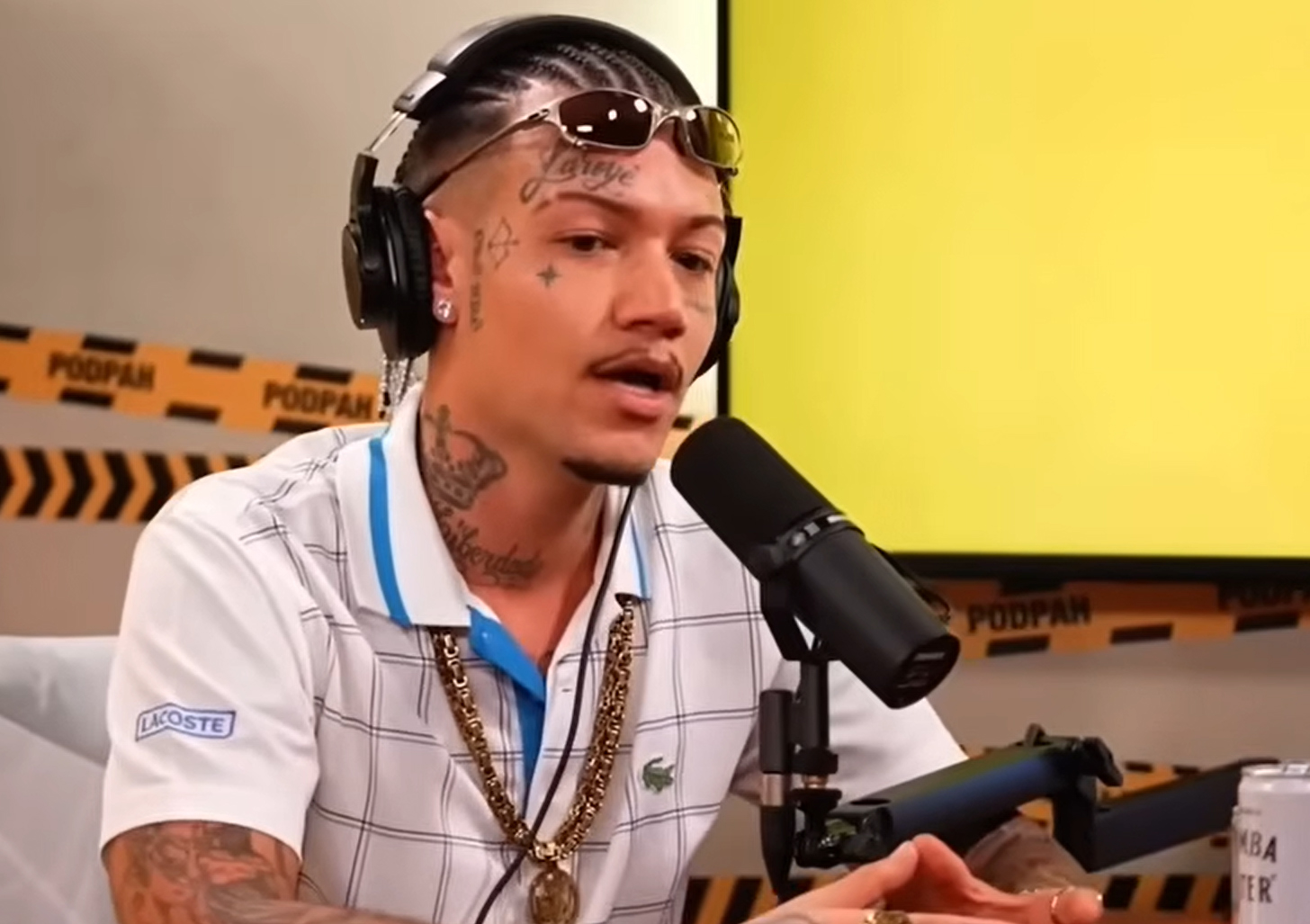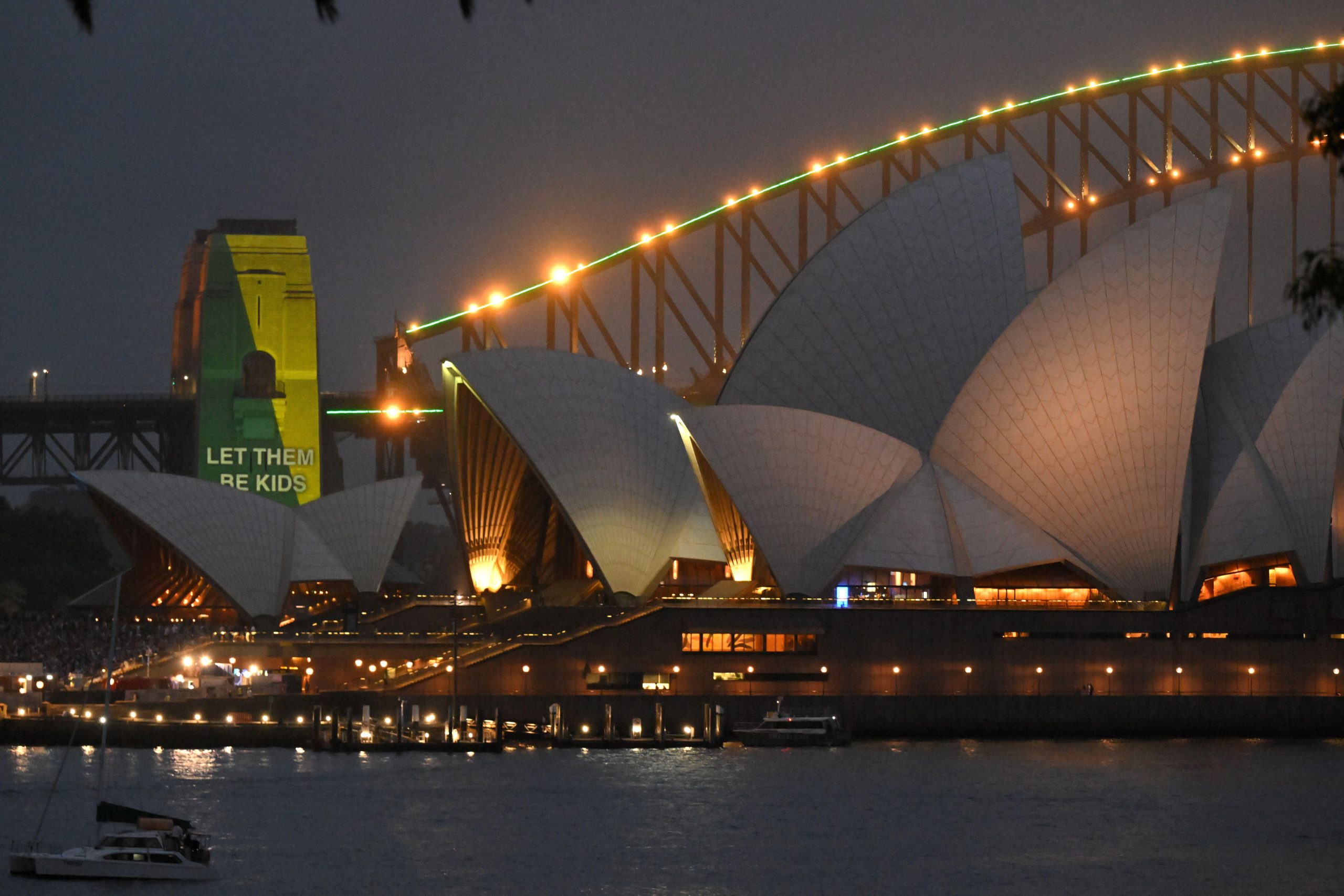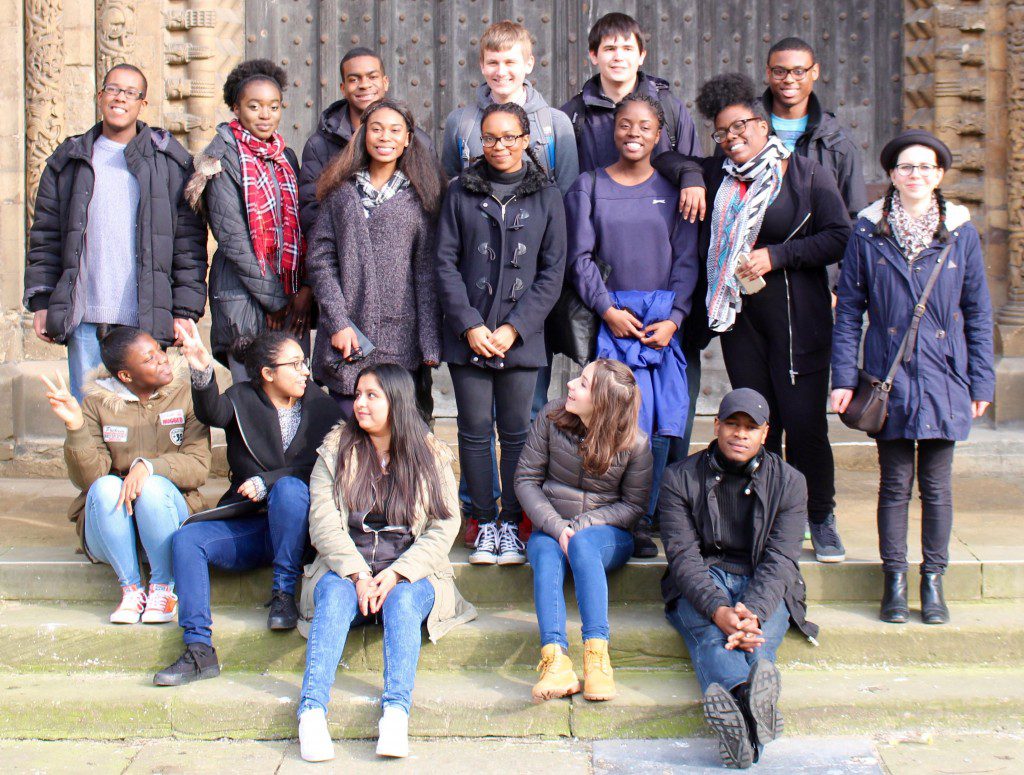
The What a Liberty! project were taken on a tour of Lincoln Cathedral during their trip to see the Magna Carta. Credit: Bill Thompson
Members of the What a Liberty! project were taken to see the oldest remaining copy of the Magna Carta at Lincoln Castle on Saturday, where they gained an understanding about the creation of the ancient document and its impact on history.
The Heritage Lottery-funded project has recruited a group of young people with the aim of providing them training in film, journalism and digital skills to create their own Magna Carta 2.0; and the trip gave the participants involved the opportunity to find inspiration for their own charter.
After a keynote speech from Dr Erik Grigg on how Magna Carta was made with the intention of protecting only a small amount of King John of England’s people but excluded the vast majority of the population — the peasants or the “unfree” — much of the group felt encouraged to ensure people of all classes and backgrounds were treated equally.
“I’d like to produce something with equality for different classes, with all ethnic backgrounds having equal rights to prevent them from being discriminated or segregated,” said Jessie Sbresni.
Taali Lionel-Levy added: “Peasants didn’t really have much. People from poorer backgrounds should have been included more. That was unfair.”
It was not only equality for different classes that the group wanted after hearing more about the Magna Carta, but also gender equality. Maria Abukhadra said: “Women couldn’t do certain things which I found a bit sexist, so I’d want to make sure there was equality for all genders. There would be equality for every individual.”
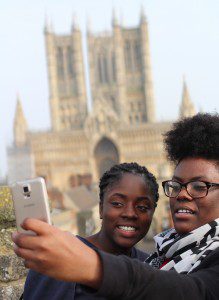
What a Liberty! project members Alisia Usher and Victoria Sajuyigbe take photos during a walk along Lincoln Castle’s wall. Credit: Bill Thompson
Before taking a tour around the Victorian prison and its chapel, inside the Lincoln Castle grounds, the group were taken to the vaults where the Magna Carta is displayed. The ancient document is still influential today; most notably we have the right to a trial by jury today thanks to its inclusion in the original Magna Carta.
Darshan Leslie said: “It was quite a special experience seeing one of the original copies in person, and getting to see the origins of the liberties and freedoms that we have today.
“I’ve learnt all about how it started with King John, and how he signed it but didn’t stick to it. Which led to a new charter, the Charter of the Forest. I thought that was very interesting to know about.”
To end the day, the group was taken on a tour of Lincoln Cathedral where they were taught more about the importance of religion in Lincoln’s history; and the symbolism of the cathedral’s architecture.
“I loved the idea of experiencing history first hand. It’s all well and good hearing about it but being able to see it and touch it has been awesome,” Esther Olusanya said.
Sarah Barber, co-editor of the Young Journalist Academy programme, who has been working with the group on the project said of the day: “I think its been good for the group to think about the different themes that their Magna Carta could cover because there are areas that we spoke about today that hadn’t been discussed before.
“I’ll be working with the group next on the media training so that they can create their Magna Carta 2.0. I’m going to be training them in the use of cameras and editing software, and we are going to be looking at creating a website too.”

